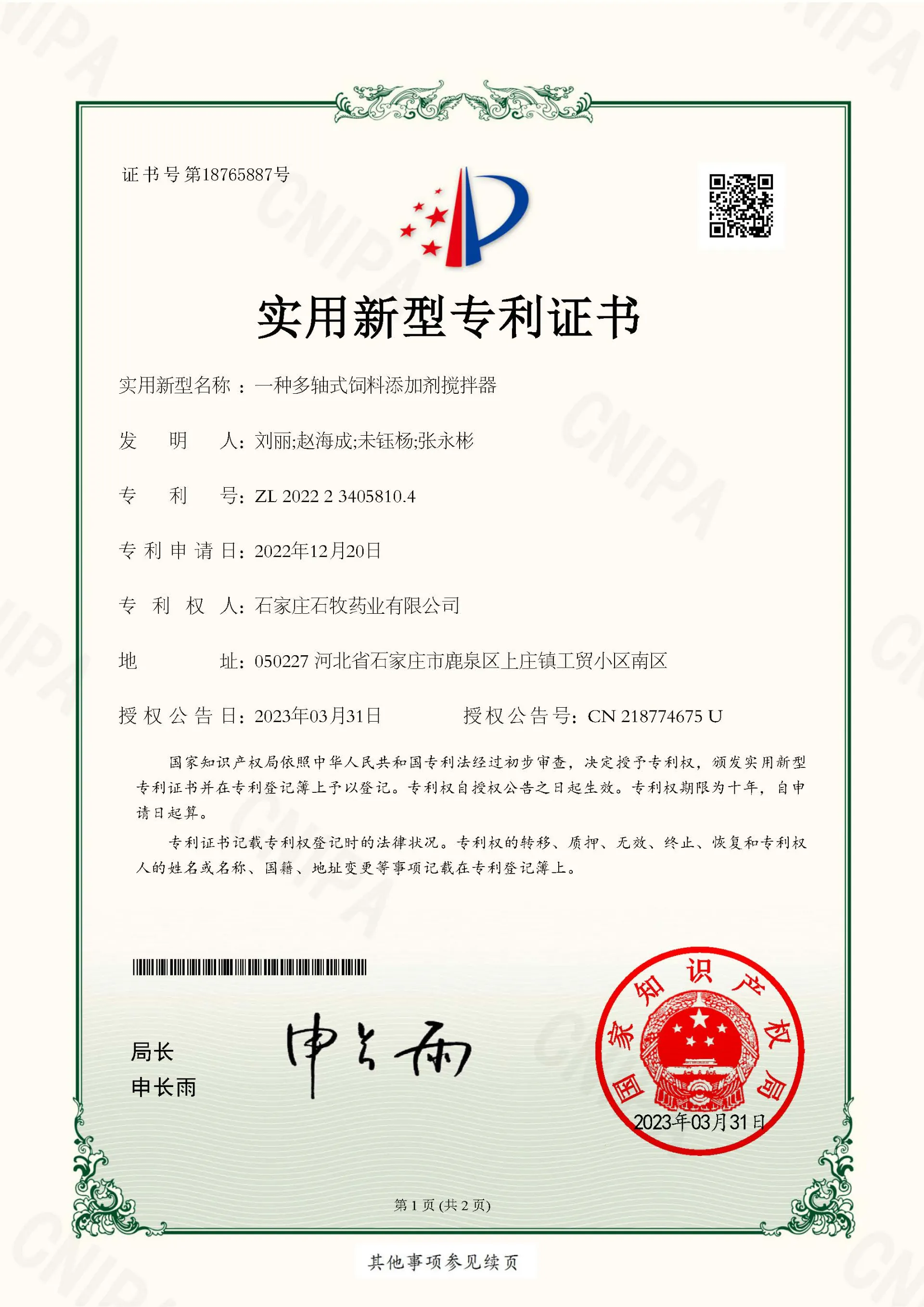Additionally, pet owners should educate themselves about the life cycle of heartworm and the role of shared ecosystems in transmission. Keeping dogs indoors during peak mosquito activity and utilizing mosquito repellents can significantly reduce the risk of infection.




